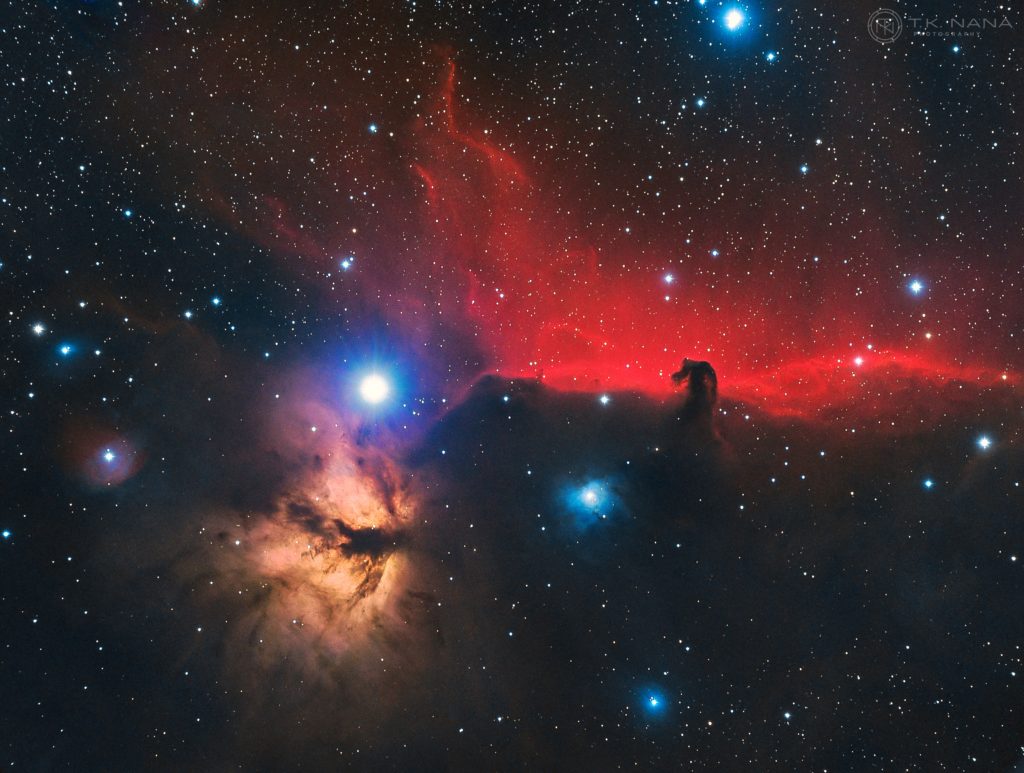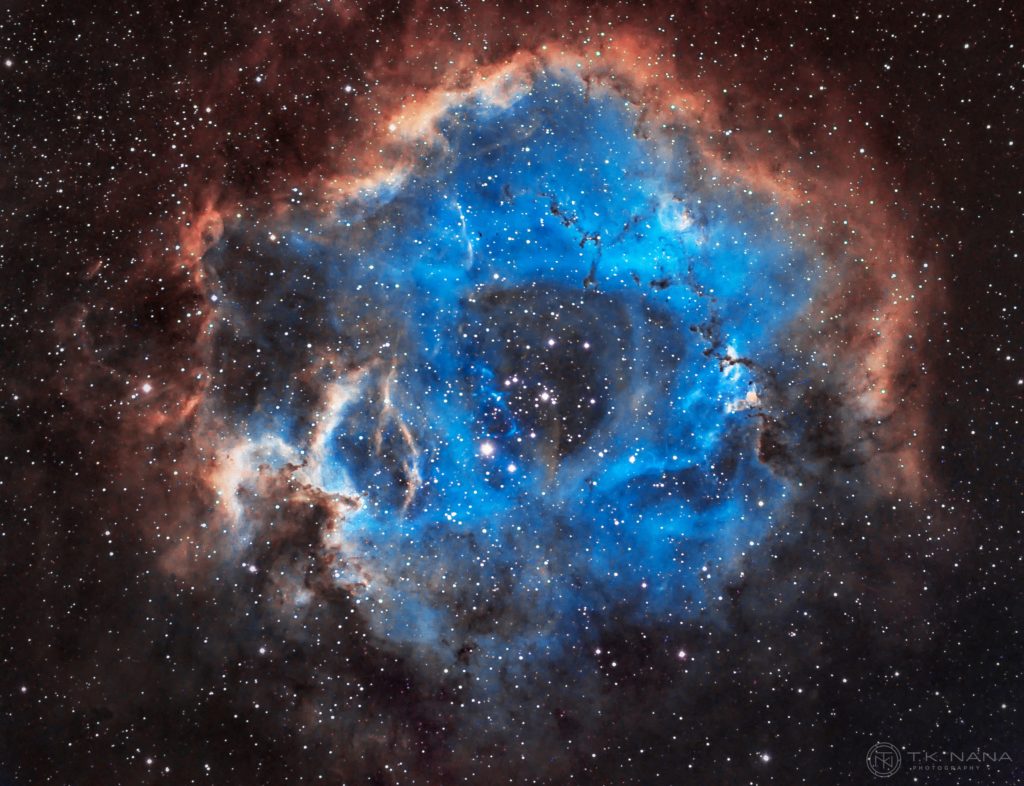Washington Crossing Historic Park is a great place to learn about history, take a hike, have a picnic, or practice soccer. But as Temujin Nana (aka Temu) found, the park is also an ideal location for deep-space astro photography.
“My fiancée and I were in the area last fall scouting locations for our wedding when I noticed the open green at the park,” explains Temu. “I immediately thought it would be a good place to photograph the night sky.”
Temu’s suspicions were confirmed when he checked a light pollution map and found the area to be the darkest sky location within a reasonable travel distance from his home.
After getting permission from the park, he began setting up his equipment and shooting the night sky.
“I’ve been a photo-hobbyist since I took a trip to the Galapagos in 2008,” says Temu, who works as a tour manager for photographic and educational travel companies. “I had my first point and shoot camera and simply fell in love with it. I must have taken 4,000 photos during that trip. After that, I taught myself photography online and gradually upgraded my equipment. I’m drawn to the natural world and love wildlife and landscapes.”
About five years ago, Temu turned his lens to the night sky and began taking star trail, Milky Way and light painting photos using a remote shutter/timer and tripod.
“I was immediately drawn to it and quickly became proficient,” remembers Temu. “It’s fairly straightforward and entails taking a bunch of photos, say 240 of them, at 30-second exposures over a period of two hours, and then overlapping them in Photoshop.”
Having mastered the basics, Temu moved on last summer to capturing bigger night sky subjects like galaxies, nebulae, and star clusters.
“Deep space astro photography is totally different than night sky photography,” explains Temu. “It requires a telescope, an astro photography camera, computerized mount, a computer and special software. All the equipment easily weighs 80 to 90 pounds.”
Considerations that go into a night shoot include picking a date and a subject, acquiring the correct celestial coordinates, choosing the appropriate filters, determining the length of time for each shot, and many other variables that he plugs into a computer that takes over the telescope and shoots the photos.
Most photo shoots last from about 10 p.m. to 5 a.m., depending on sunset/sunrise times. The best nights are clear with low wind levels and little atmospheric disturbance. “When the stars are twinkling a lot, that means there is a lot of atmospheric disturbance and it’s not a good night for photos,” says Temu.
Temu began shooting deep space astro photos from the soccer fields at Washington Crossing Historic Park last fall and has taken over 120 hours of photos.
“I’m very quiet when I’m there so I’m not disturbing anybody,” says Temu. “I love that little bit of nature with the deer, owls and raccoons. I’d much rather be shooting there than sitting in a parking lot.”
“This type of photography can be practiced year-round, but certain targets are only possible to shoot in certain seasons,” explains Temu. “Spring is ‘galaxy’ season in the Northern hemisphere. Galaxies and star clusters are in the sky right now. Nebulae won’t be high in the sky until summer/fall.”
Each photo that Temu creates is actually dozens of hours of photographs – equivalent to hundreds of photos – stacked on top of each other. After a night of shooting, Temu spends days processing the photos on his computer.
Temu says he’s eager to continue shooting at Washington Crossing Historic Park as he hones his skill. He also looks forward to sharing it with people through educational outreach.
“For thousands of years the night sky was the only show going,” says Temu. “Now, society is so divorced from it. I love to help people connect to our universe. I’m so thankful to the park for granting me permission to shoot there and I look forward to doing more in the future.”
To learn more, visit Temu’s website or follow him on Instagram @tknanaphoto.
All photos on this page were taken at Washington Crossing Historic Park and appear here with permission from Temujin Nana.





